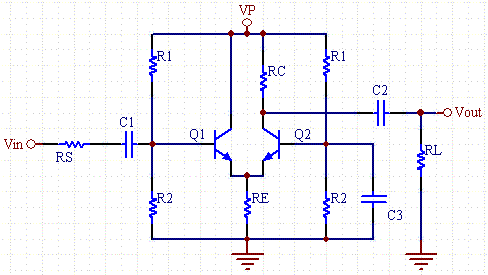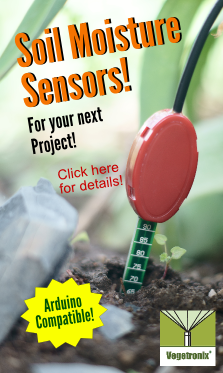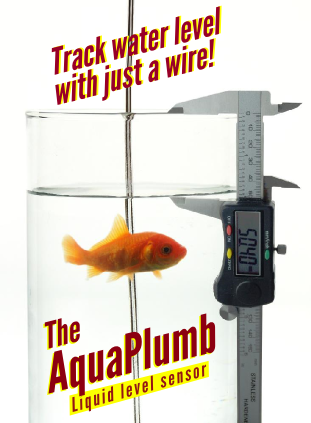Wide-band Differential Amplifier Calculator
The wide-band differential amplifier has high gain and high band width. It overcomes the Miller capacitance limitations of the common emitter amplifier by tying the collector of Q1, and the base of Q2 to signal ground. As a result it can achieve gain bandwidths orders of magnitude larger than the common emitter amplifiers. The only cost is that a second transistor is needed.

This calculator computes bias voltage and current levels, as well as gain and frequency response.
Equations
VB= VP*R2/(R1+R2)
VE= VB-VBE
IE=VE/RE
Alpha= Beta/(Beta+1);
IC= Alpha*IE
VC= VP - IC*RC/2
IB=IC/Beta
gm = Ic/25mA
re= Alpha/gm
rπ=Beta/gm
A=Alpha* rπ*RC/(Rs+2*rπ)/re
fP1=1/(2*π*(Rs||2*rπ)*(CBE/2+CBC))
fP2=1/(2*π*RC*CBC)
fT=gm/(2π*(CBE+CBC))
The lower pole is dominate.

